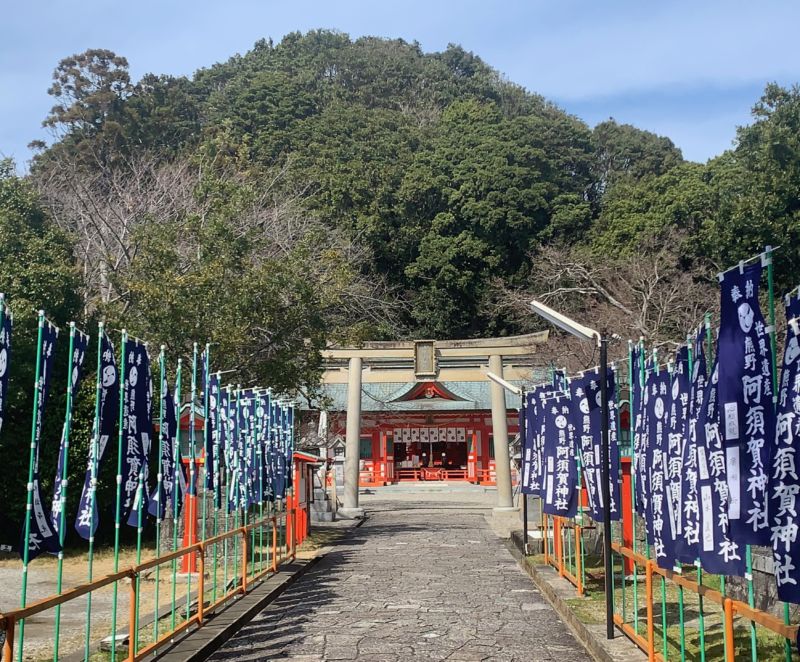
Shingu Town in the Kumano region is well worth visiting, not the least because it is home to the splendid Hayatama Shrine, one of the three Kumano Great Shrines. Even more impressive is the striking Kamikura Shrine, squeezed beneath a boulder on top of a hill. Both are part of the Kii Peninsula World Heritage Site.
Green Shinto has previously covered the Shingu shrines as part of the research for the (recently reissued) Tuttle book, Japan’s World Heritage Sites. It was with some astonishment therefore that on a recent visit to Shingu I found a leaflet promoting the World Heritage Site of Asuka Shrine. Eh? How could this be? I knew I had visited all the sites mentioned in the Unesco registration, and I also knew I had done the rounds of Shingu before.
A visit to the shrine, some ten minutes walk from the JR station, soon solved the mystery. After the initial registration of the World Heritage Site in 2004, the shrine lobbied to be included because of its ancient roots and historical significance. Four years ago the request was granted and the shrine was added to the Unesco listing. (It has now also been added to the Green Shinto listing of World Heritage shrines.)
Asuka Shrine’s recognition had much to do with its spiritual importance for the syncretic Kumano faith of medieval times. As Asuka-oji, it had been the first stop for pilgrims to pray on the route from Hayatama Shrine to Nachi, for it was said the kami that had first descended on the Kamikura rock had next descended here.
Items of interest around the shrine included a memorial stone saying the legendary Emperor Jimmu had passed by on his way to Yamato during his journey of conquest . Whether or not the putative founding emperor ever existed is open to doubt, but more about that in a subsequent post.
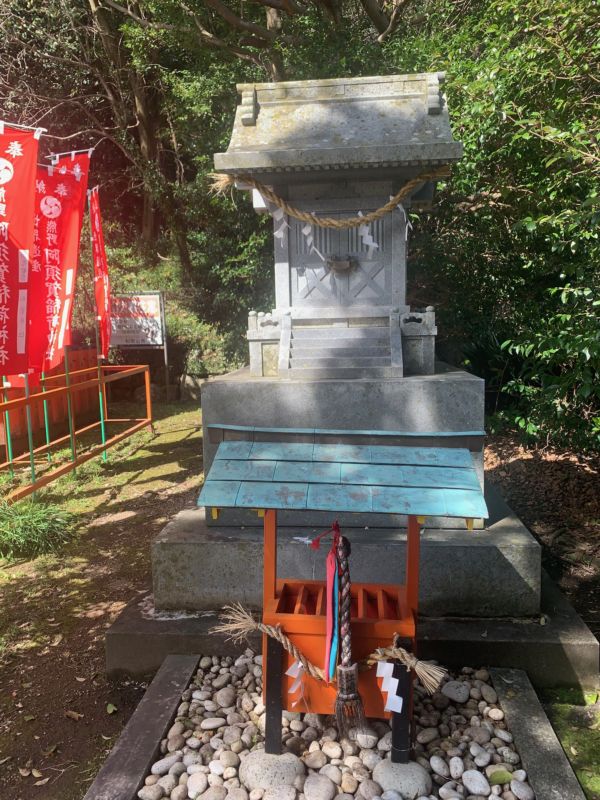
Jofuku (Chinese Xu Fu)
The shrine also has a close connection with another legendary figure – the Chinese Xu Fu, known in Japan as Jofuku. According to tradition, Jofuku was the first Chinese to visit Japan, sometime in the early centuries BC, and thereby hangs an interesting story…
The legend of Xu Fu was first recorded in a Chinese document written in the Han Era around 2000 years ago. The events took place some 200 years or more before that, during the reign of the first Qin emperor. He wanted to live forever, and the scholarly Xu Fu told him there was an elixir on the easterly Isles of the Immortals (Horai san in Japanese) which could make him free from illness and death. He asked for permission to sail there, and was granted three thousand boys and girls to accompany him, together with a hundred workmen.
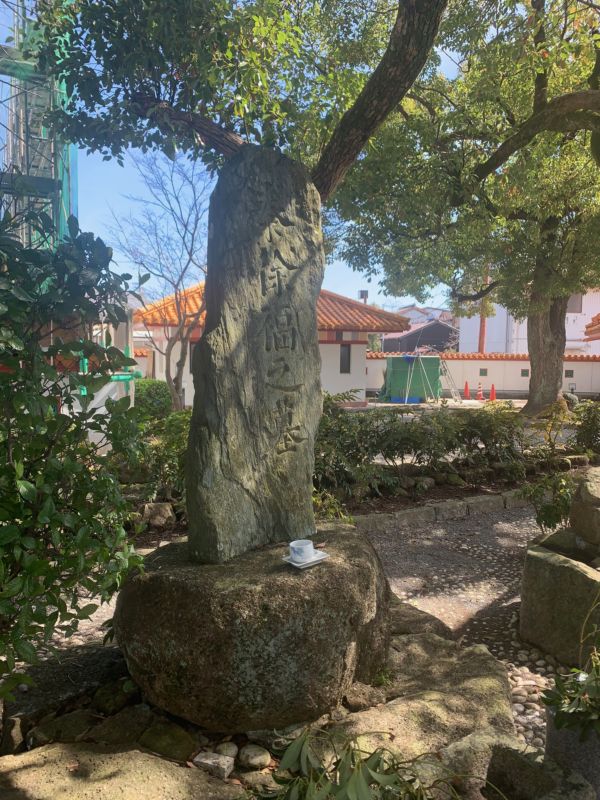
After that, according to the Chinese history text, Xu Fu arrived at an island with a wide plain and marsh, where he stayed and became king of the area. Where it was exactly was not specified, but in Japan there are several places with claims to being his final destination. Shingu is prominent among them.
The shrine literature suggests that having landed in Kumano, Xu Fu was satisfied he’d found his paradise in the warm Kumano climate and decided to stay rather than return to a strife-torn China. He even found an elixir in the form of the Tendai Uyaku plant (a member of the camphor family). After settling down in Kumano for the rest of his life, Xu Fu was transformed into Jofuku.
The hill behind the shrine is known as Mt Horai in honour of the Isles of the Immortals, and Buddhist images of kami have been found there, indicative of the strongly syncretic nature of Kumano spirituality. Next to the hill is the estuary of the Kumano River, and a stone monument can be found there marking the alleged spot where Jofuku’s expedition landed. Asuka also holds a small shrine dedicated to the Chinese adventurer (pic above).
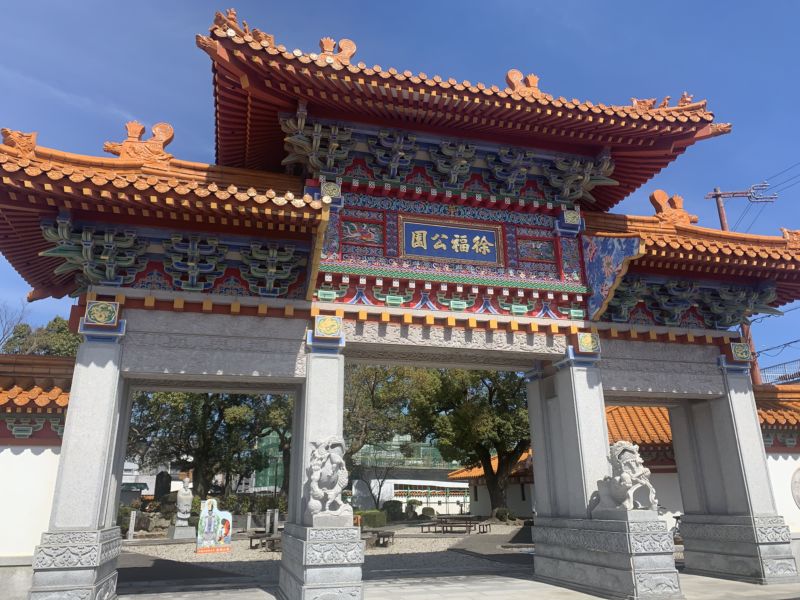
Jofuku Park
A few minutes walk away, Shingu City have set up a Jofuku Park in the middle of which is the supposed site of his grave. The earliest record of this is in an early 18th century painting. (It’s reminiscent of the grave of King Arthur in Glastonbury, ‘discovered’ by medieval monks in the hopes of increased fame and pilgrimage.)
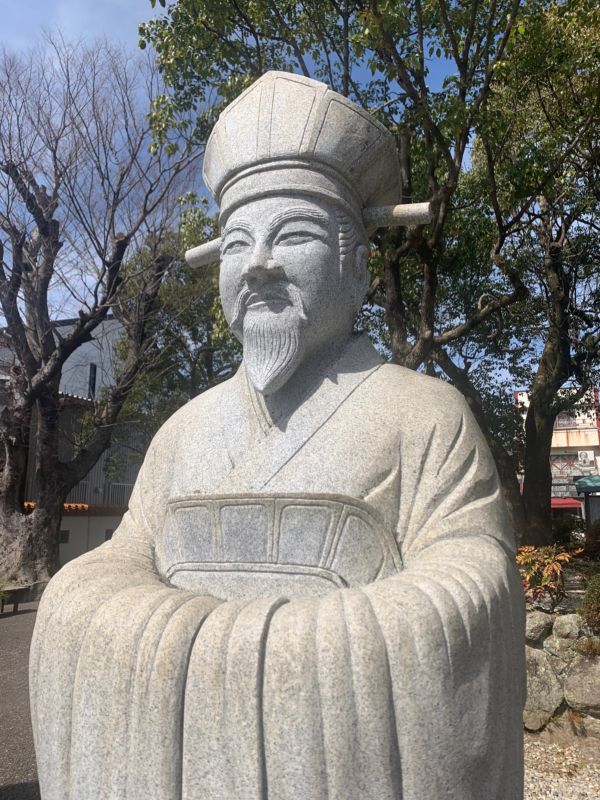
Jofuku Park was set up in 1994, ostensibly to promote closer friendship with China while cashing in on Chinese tourism. Since Jofuku was a Daoist, the number plays a special role. Around Jofuku’s burial place are the graves of seven of his followers. In the pond are seven carp, the walkway across the pond has seven markers, one for each of the Seven Virtues, and along the walled sides are seven bushy plants – the Tendai Uyaku which Jofuku took to be the elixir for which he had been in quest.
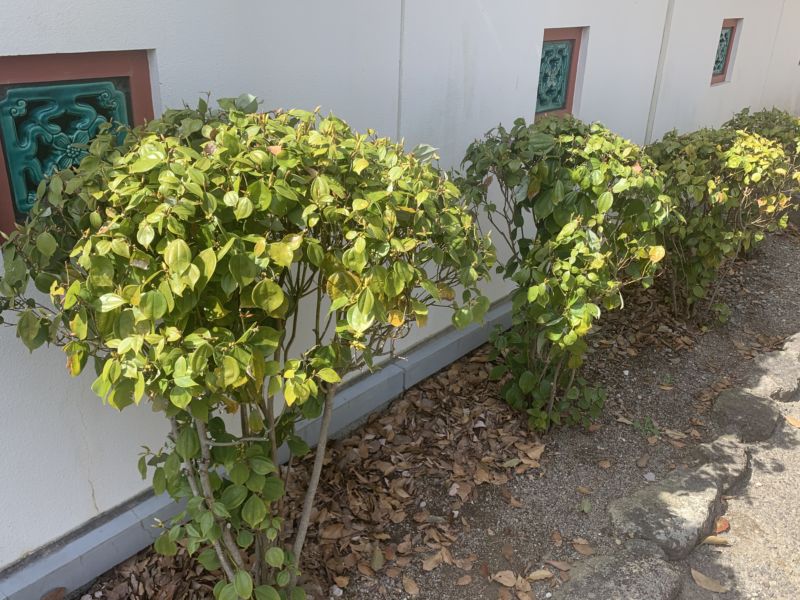
According to tradition, Jofuku was a Culture Hero who introduced all kinds of skills to the area, ranging from farming and paper-making to boat-building and whaling. Interestingly, this came at a crucial moment for Japan, when it was moving from the Jomon to the Yayoi Era with significant changes to its culture and racial heritage. This has caused speculation as to whether Jofuku was a contributory figure, or simply a myth. (In fact evidence for Xu Fu being a real person came to light in 1982 when a village with his name was discovered in China, and there are several Xu Fu study groups there.)
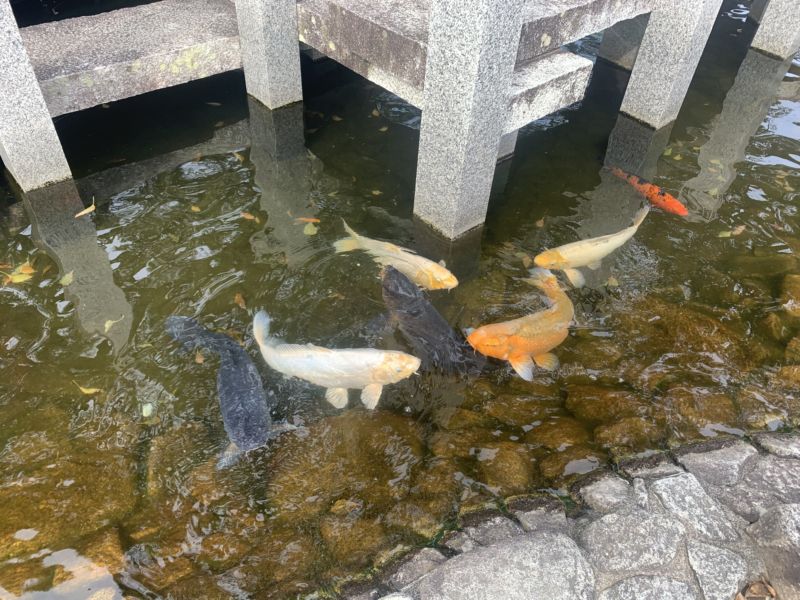

Wow, John, this is an interesting post, enjoyed reading it!
Thanks Hugo… It was a surprising discovery for me, and one that stimulated my imagination. I’ll be writing more about it soon in a posting about my Chinese origins theory…